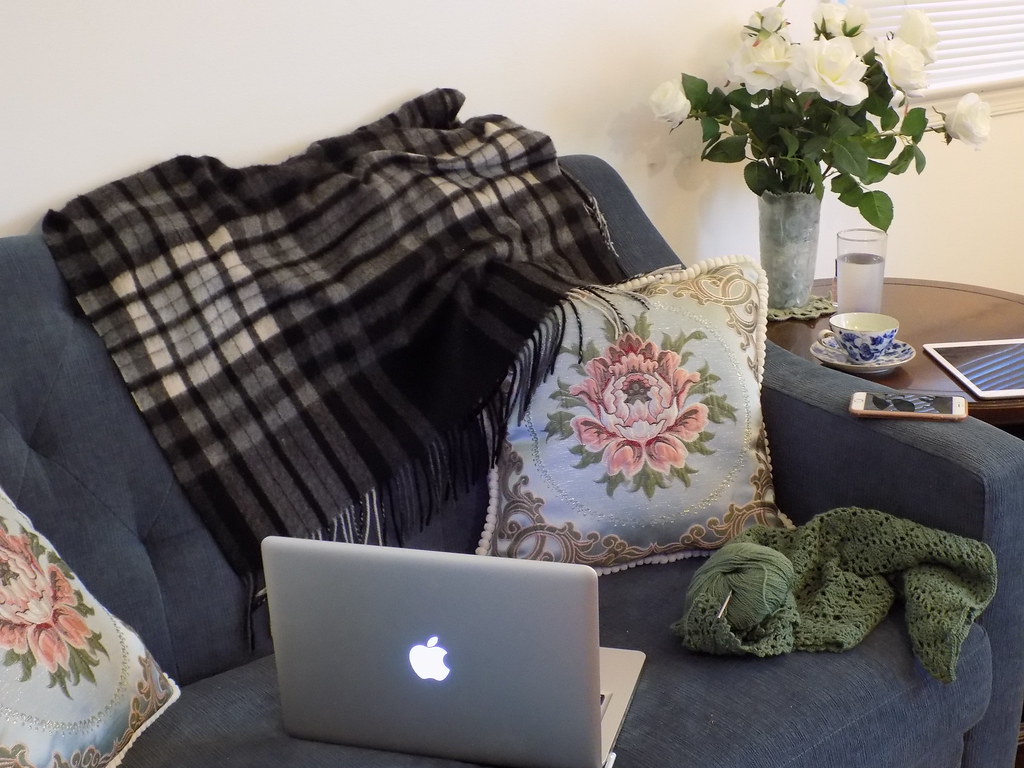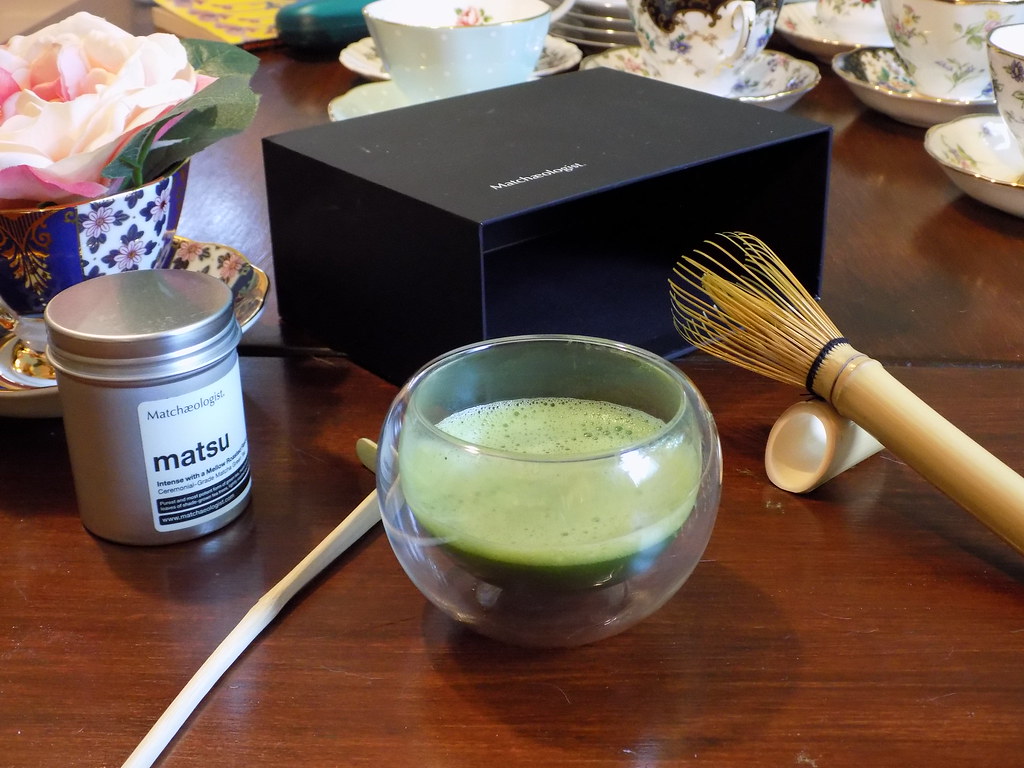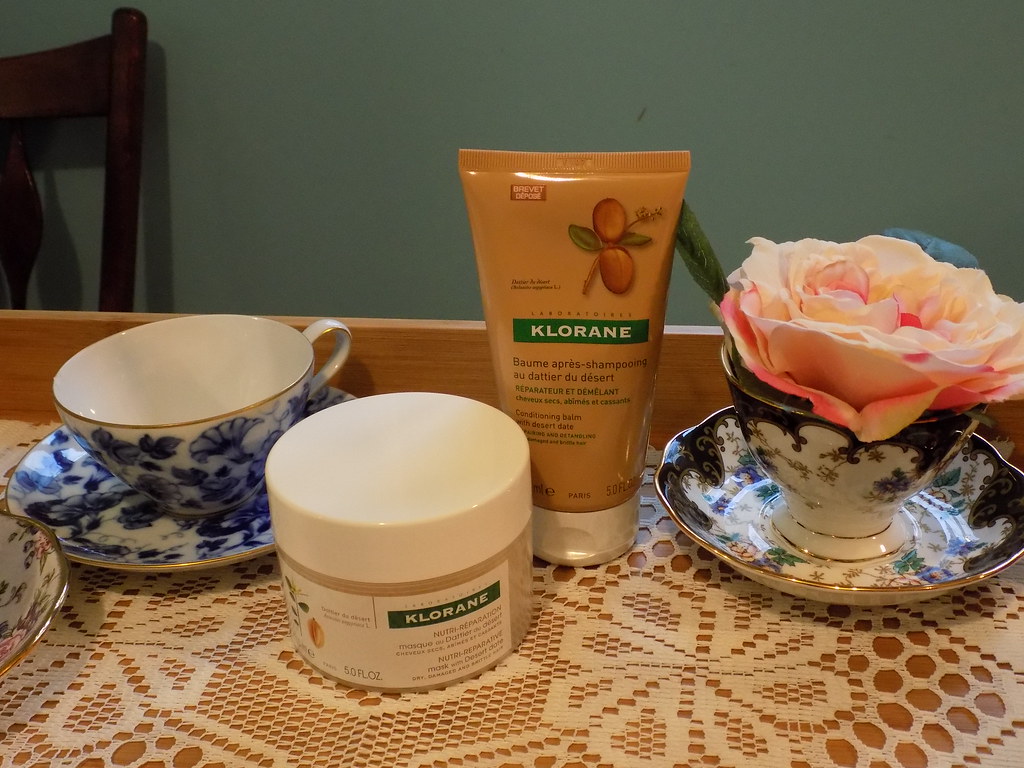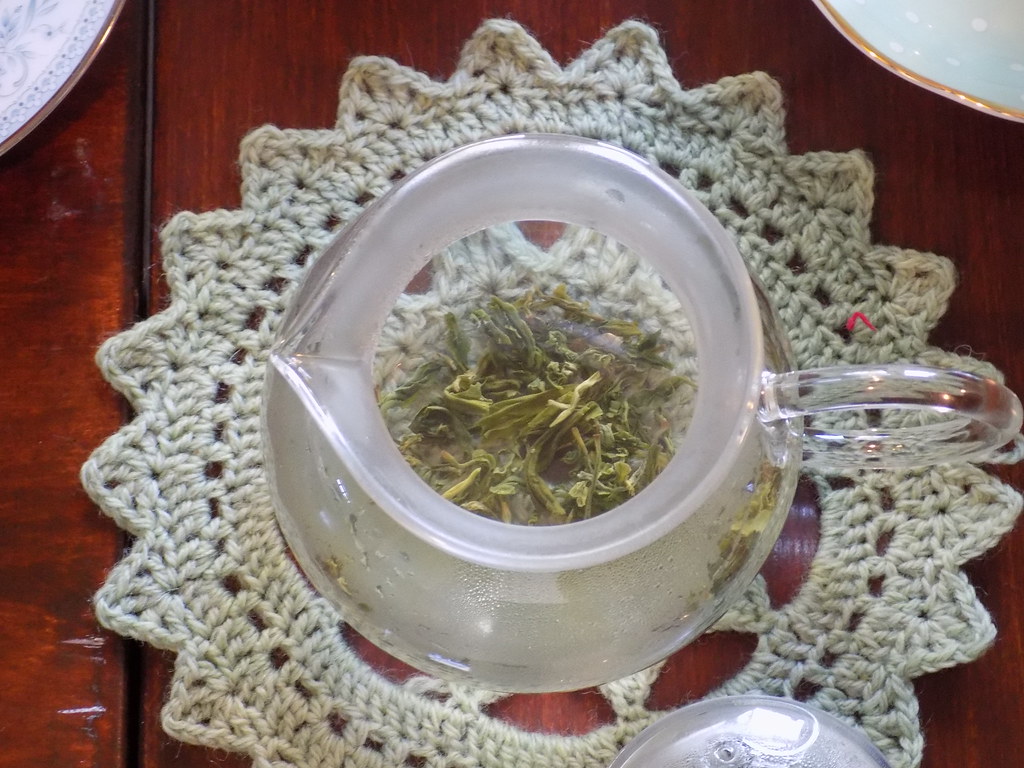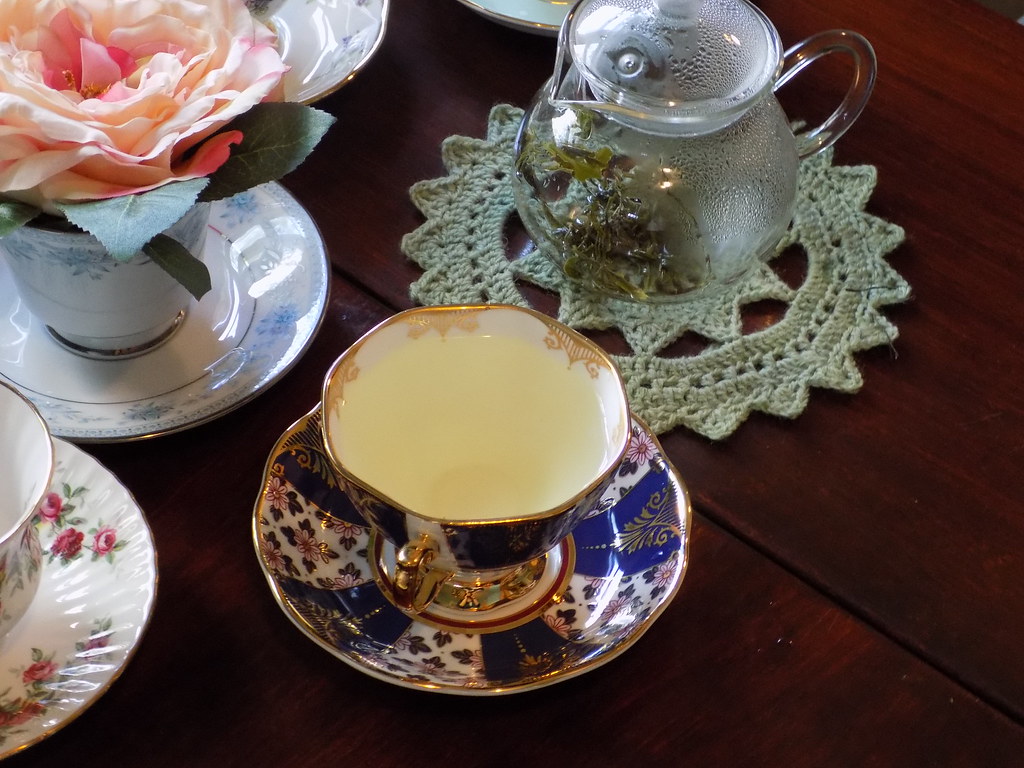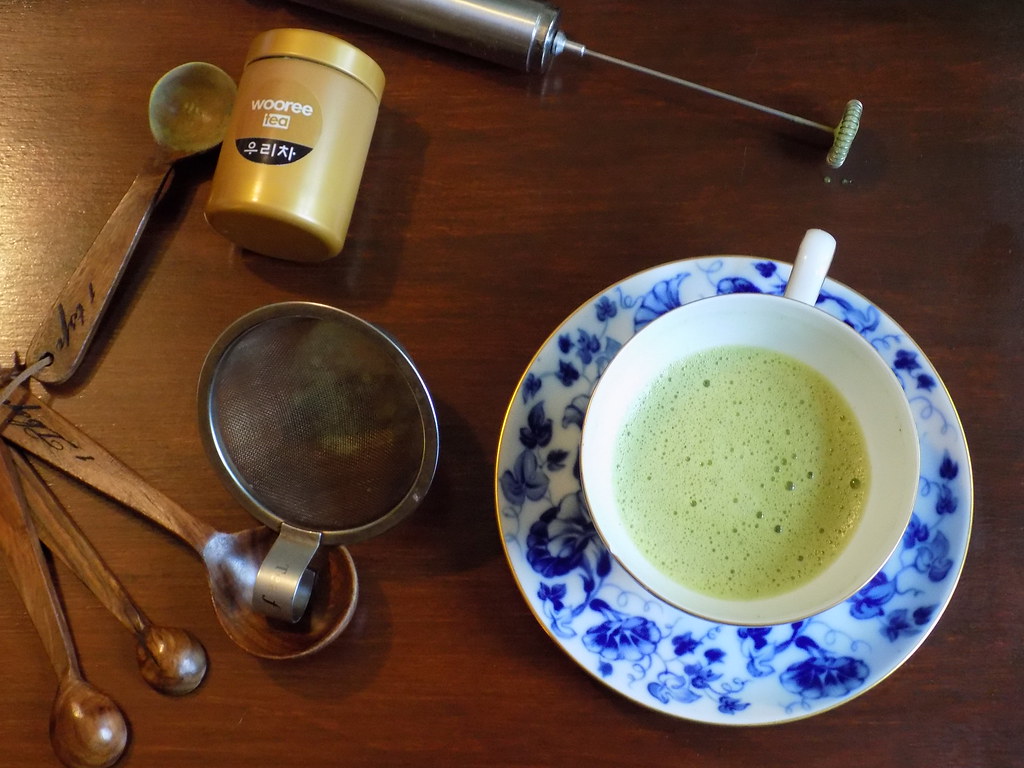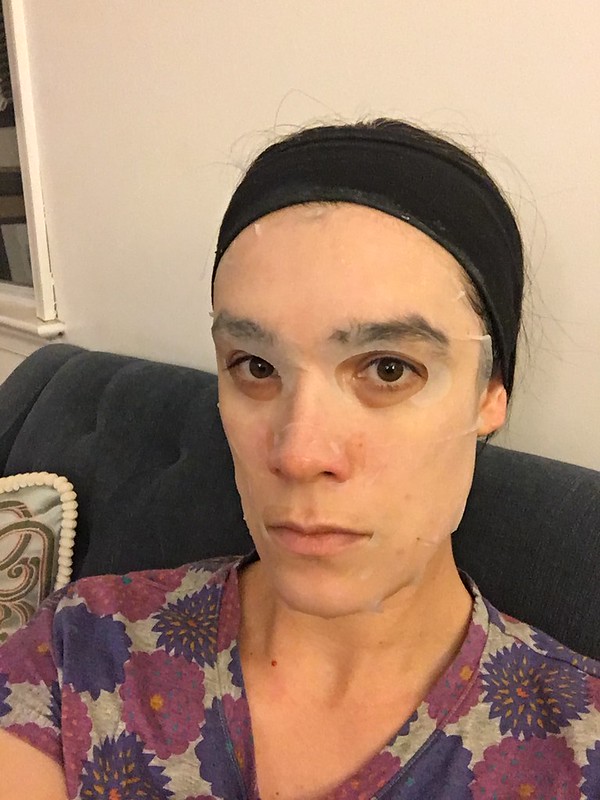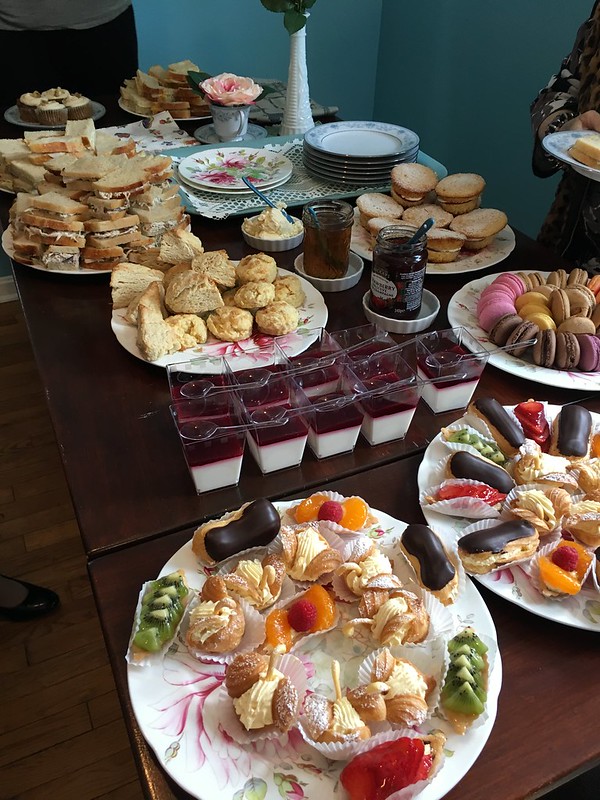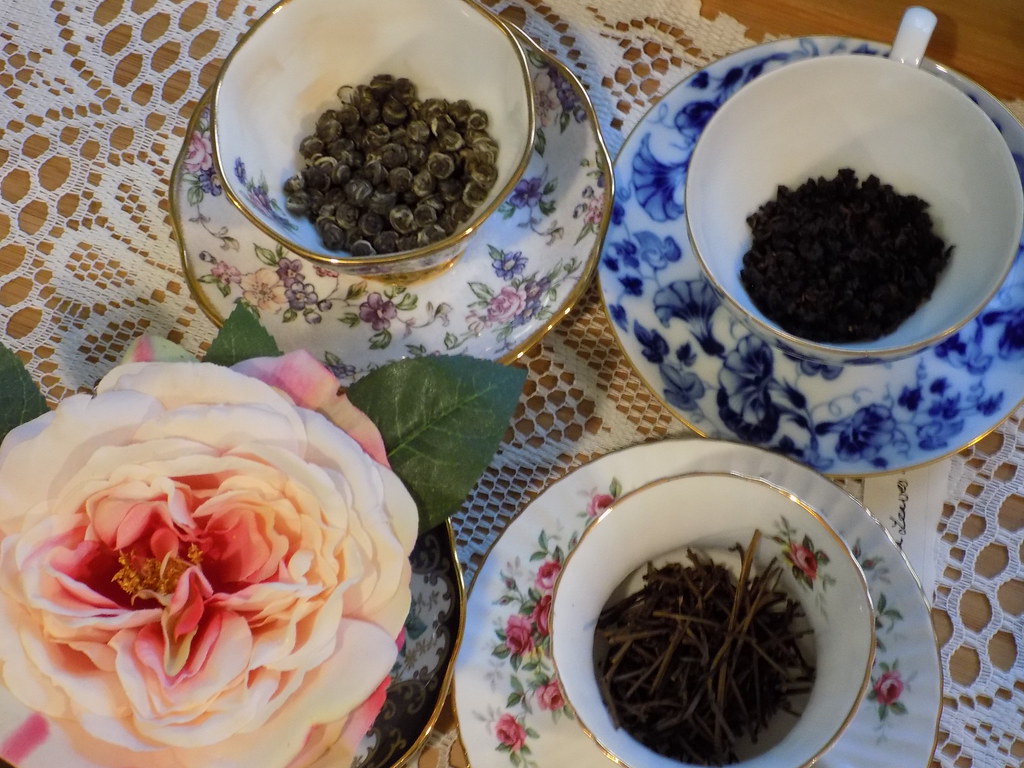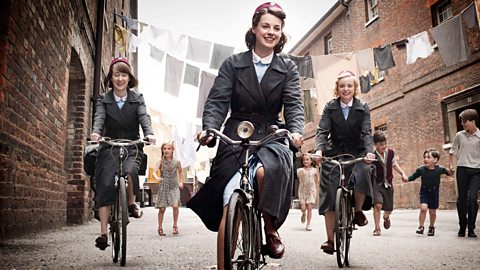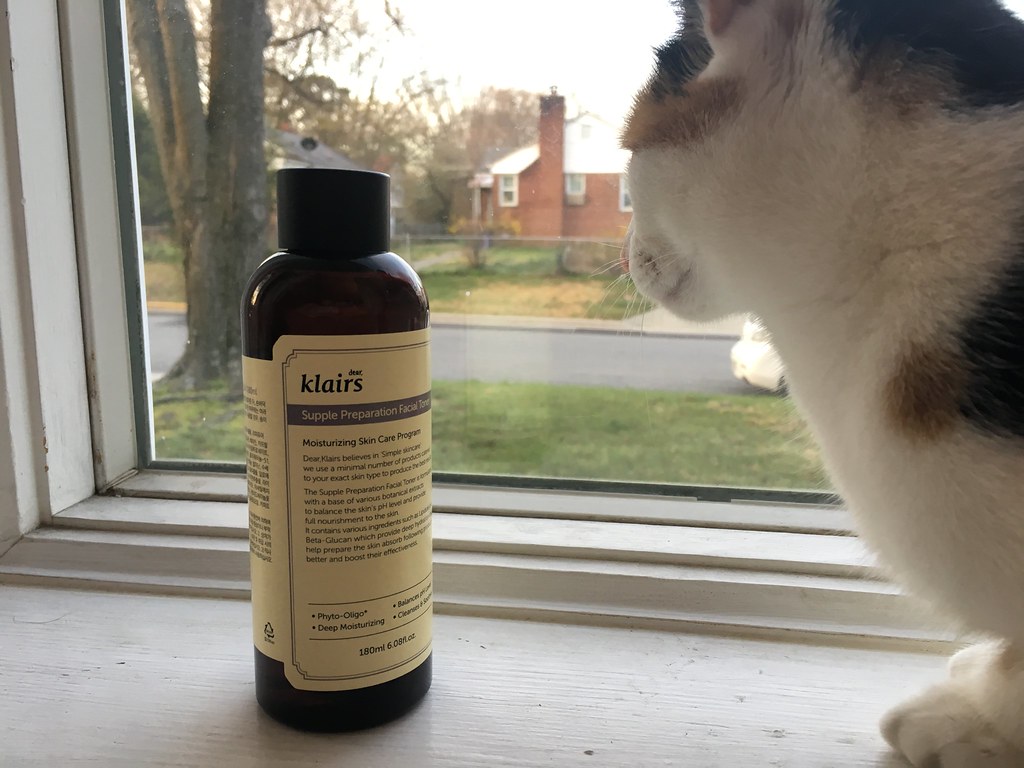Or “Blogging for the Small Potato.”
Inspired by Tracy’s recent post at Fanserviced-B, I’ve been thinking a bit about what blogging means to me and what advice I would give to someone who was thinking about starting a blog. Because, you see, I’m a lot closer to where you would be than someone like Tracy is. While I have almost ten years’ worth of defunct blogs under my belt, I’ve only been at this space for a little over two years and have therefore built up two years’ worth of audience and “influence.”
And I’m just now starting to feel like a “blogger” rather than a person who happens to have a blog. That said, I don’t neglect much of my daily life in favor of blogging or social media. I don’t spend money on the blog, other than what I would already spend to “treat myself.” Because this isn’t strictly a beauty blog, I don’t have to keep a constant influx of product to maintain a review schedule. Honestly, I feel like I’m posting more beauty reviews that I would really like lately because I have a backlog of things I want to share with you because I’ve enjoyed them or because I have other opinions on them. And then there’s always tea. My goal is to post three posts a week, which has lately been one beauty review, one tea post, and one wildcard, but that has been known to change. Basically, I’m not making any money off this, not even to cover my costs, so I don’t feel terrible letting it fall by the wayside on weeks when life picks up.
Here, I’ve decided to share what a week’s worth of blogging activities looks like for me, a small-time blogger. I have a full-time job and commute 2+ hours each day as well. After my week, I’ll also share some tips for the new blogger, from someone who hasn’t made it big.
Thursday:
On Thursdays, I telework, which means I wake up at 6-6:30 a.m. like normal, but I have a couple extra hours in the morning that I don’t spend commuting. I usually use this time for blog-related activities (although wedding planning has crept in at the edges sometimes).
Blogging: I usually try to post on Monday, Wednesday, and Friday, so I looked at my blogging drafts and the photos I had and planned what I was going to post on Friday. I wrote the post reviewing my favorite deep conditioners and got it ready to post. I also took a bunch of photos while I had sun coming through the window.
Social Media: I actually joined an online course about increasing Instagram engagement since I’ve come to realize that Instagram is my preferred form of social media. But I need to be better about engaging with people myself.
Friday:
I managed to wake up on time and so I had some downtime in the morning before work to work on my blog post. In the evening, we took off to go to Philadelphia, which is halfway to New York City, where we planned to spend Saturday.
Blogging: I posted my review of hair masks.
Social Media: First Instagram lesson was optimizing your profile, so I updated my profile a bit. I also posted a bunch on my Story as we made our way up to Philly, plus my travel evening skin care routine.
Saturday:
Other than a few shares early in the morning (including a makeup routine selfie), I was largely radio silent on Saturday. We had our trip to the opera, which I talked about on Monday, but the main things were that 1.) our hostess didn’t like it when anyone pulled out a device during lunch (heavens forbid I’m that person with a phone out during the opera!), and 2.) no one else had their phones out to take photos, other than one family at the restaurant taking a family photo. I just felt gauche taking photos, even though I kept seeing things I wanted to share.
Blogging: None
Social Media: Posted in the morning and evening on my Instagram Story, plus posts of my makeup and a philosophical post after finishing a book. Instagram lesson was about cohesion of my feed, so I thought about how to tighten the visual theme of my images. I also started trying to increase my commenting on Instagram.
Sunday:
We were up early and on the road before 9 a.m., getting home before noon, but we were supposed to help out a friend who’d recently moved, so my afternoon was filled with that. Plus I was just dying of allergies.
Blogging: Sketched out the posts I wanted to put up for the week, including starting to write my opera review. Too dark to take photos by the time I got to blogging in the evening, though.
Social Media: Instagram lesson was about strategy, which I thought about. Decided to actually make an effort to post 1-3 times a day, spaced by at least eight hours.
Monday:
Teleworking again because of subway construction, so I had extra time to devote during the day.
Blogging: I used my extra time to finish my opera post and write a post for Wednesday. I also took photos while I had morning light.
Social Media: Instagram lesson was about focus, which I lack, both in my blog and my Instagram feed. I actually made the decision to write a general lifestyle/personal blog, rather than just writing a beauty blog or just writing a tea blog because this blog is a personal labor of love, not an attempt at starting a business. So I guess a little lack of focus is to be expected. But I’m hoping I can try to tie things together a little neater.
Tuesday:
Slept in because seasonal allergies are the pits. But I had some free time later in the day after work.
Blogging: Polished my Matchaeologist review and did some blog housekeeping. The Matchaeologist review made me break the seal on affiliate links, so I added an Affiliate and Referrals page and put up some referral links from other places that I frequent.
Social Media: Instagram lesson today was about using Instagram to sell products, which isn’t really useful to me right now. But hey, if there are any brands itching to do a collaboration, I put up a contact page so you know where to find me. Most of my progress was just keeping up the engagement. I should do an “Instagram Engagement for Introverts” post because I find it really hard to comment on other people’s posts because I get into my head and worry that no one cares what I have to say. Maybe they don’t, but it’s nice to get comment replies. I also discovered that standing on the platform waiting for the train is a great time to fit in some Instagram commenting. I also shared my blog page on my personal (i.e., non-pseudonymed) Facebook page, which was actually a big step. So now at least I know my mom reads my blog. After more than two years.
Wednesday:
Wednesday was a particularly big blog post day because I was posting a review of something I got at a discount in exchange for a review. Now, I’m a small-time blogger. I don’t get brands knocking on my email to offer my promotional products. Every free or discounted item I have ever gotten to review I have gotten by asking the brand’s PR team if they would send me something. This is a touchy subject among bloggers, so I’ll say this: The trick to asking for free stuff is to be gracious and accepting no matter what the response is. When I asked Matchaeologist, they said they could offer me a deep discount, but not something for free. And you know what? I probably would have bought something anyway because it was a thing I was interested in.
Blogging: Published my Matchaeologist review.
Social Media: Wednesday is the day when I get up at 5:30 a.m. and go to barre class, so I posted my early morning on my Story. Instagram lesson was about sounding like an authority, which I’m oddly good at, considering I’m not much of an authority about anything I blog about.
So that was my week. It’s far less exciting than an actual influencer, but it gives a little idea about what blogging is like for mere mortals. This will probably never be a career for me, and I don’t expect it to, but I’ve seen a creep in my traffic over the last two years, without really doing much of anything but write about what interests me. So I guess I’ll leave you with my tips for novice bloggers:
- Remember that the bloggers that inspire you have been at this for a while. It’ll probably take two to five years build the following they have, unless you want to play games with clickbait titles and topics.
- Do this because you enjoy it, at least at first. Especially since it’s going to be costing you way more money than it makes you.
- Use what you already have and supplement sparingly. Instead of buying a DSLR right away, see where your iPhone will get you. Or try to find an inexpensive camera to get started. When I started thinking about doing more videos, I bought a tripod for my phone, rather than a new video camera. It’s not the absolute best quality, but I’d rather spend $14 to see if I enjoy something rather than $600 to discover that I hate it.
- If you’re planning on doing reviews, make a plan for the products you review. Know how long you’re going to test them and when the review will come out. That way you’ll avoid having a backlog to work through and can try to budget your beauty purchases.
- Give it some time to figure out your voice. Things will change. You will look back on old posts and cringe. We all go through it.
So I guess that’s what I have to say about blogging, as a small-time blogger. I think it’s important to see both sides, especially when you’re starting a new blog, because chances are you’ll be a lot more like me than like someone like Tracy, at least at first. Good luck!
